mars 2025
Histoire
"Women in Architecture" at Harvard University

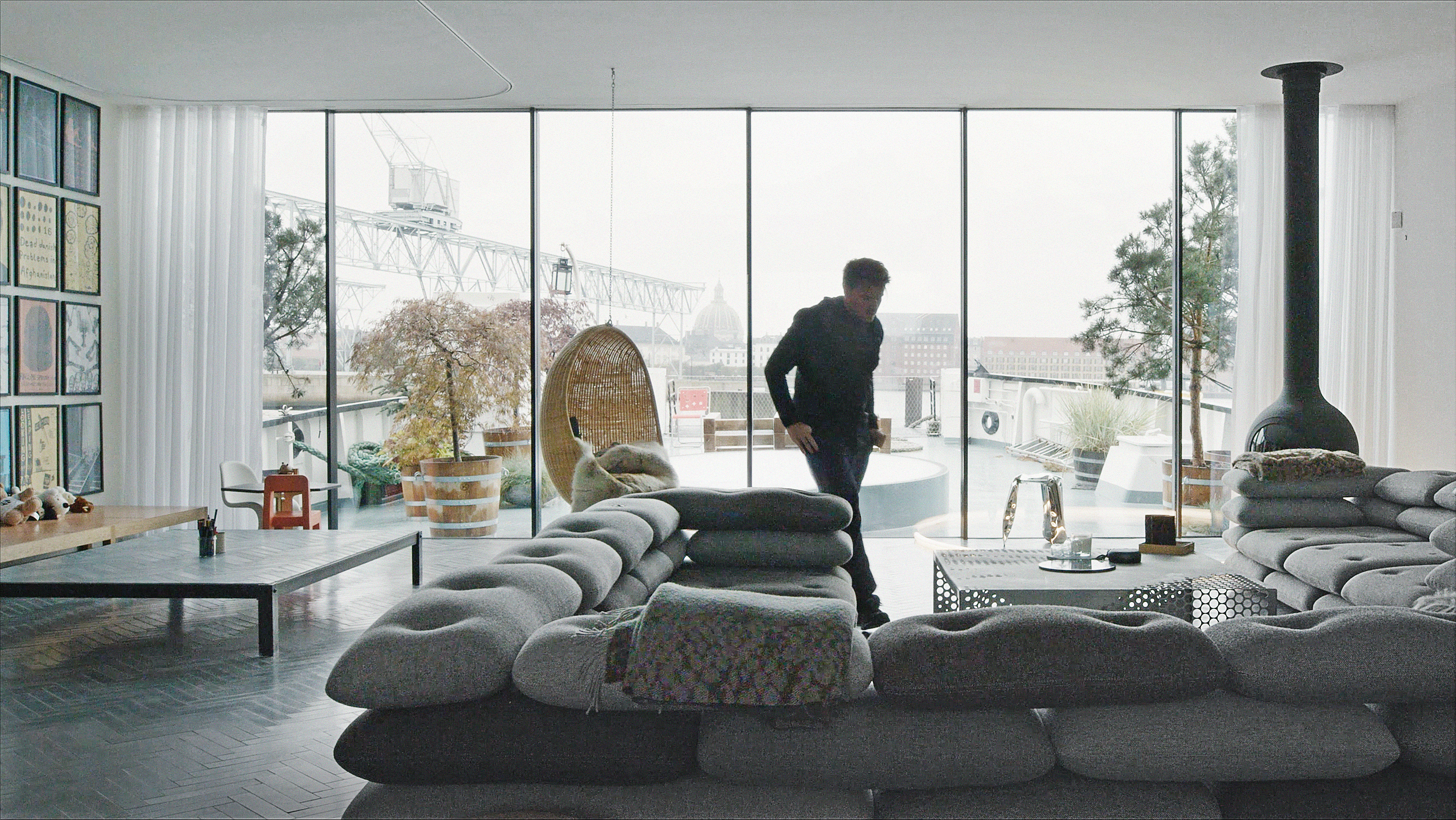
«Architecture is more than just commentary. It doesn’t just make you think about reality. It makes reality.»
Bjarke Ingels is one of the most sought-after architects of our time. We met the Danish master in Copenhagen. A conversation about his point of view, creating reality, immense courage and the secret behind his unwavering pragmatism.
It takes some time to get used to the gentle bobbing. We are visiting Bjarke Ingels on his houseboat, moored right at the Port of Copenhagen. Gazing out to the sea, we listen to Bjarke’s enthusiastic tales of his projects. He bursts with energy and euphoria, taking neither break nor breather. The leaden motion of the old 450-tonne car ferry, which Bjarke has converted into his family home, amplifies our astonishment: at just 45 years, this man has achieved incredible feats.
With BIG, the Bjarke Ingels Group, he has become one of the most sought-after architects of our time. In 2019 alone, he and his team completed as many as 13 projects, including large-scale undertakings such as Copenhill, a zero-emission waste-to-energy plant. It is a stunningly innovative solution, the first of its kind in the world: utopia turned reality. That is exactly what sets Bjarke Ingels apart from everyone else. He is a pragmatic utopian.
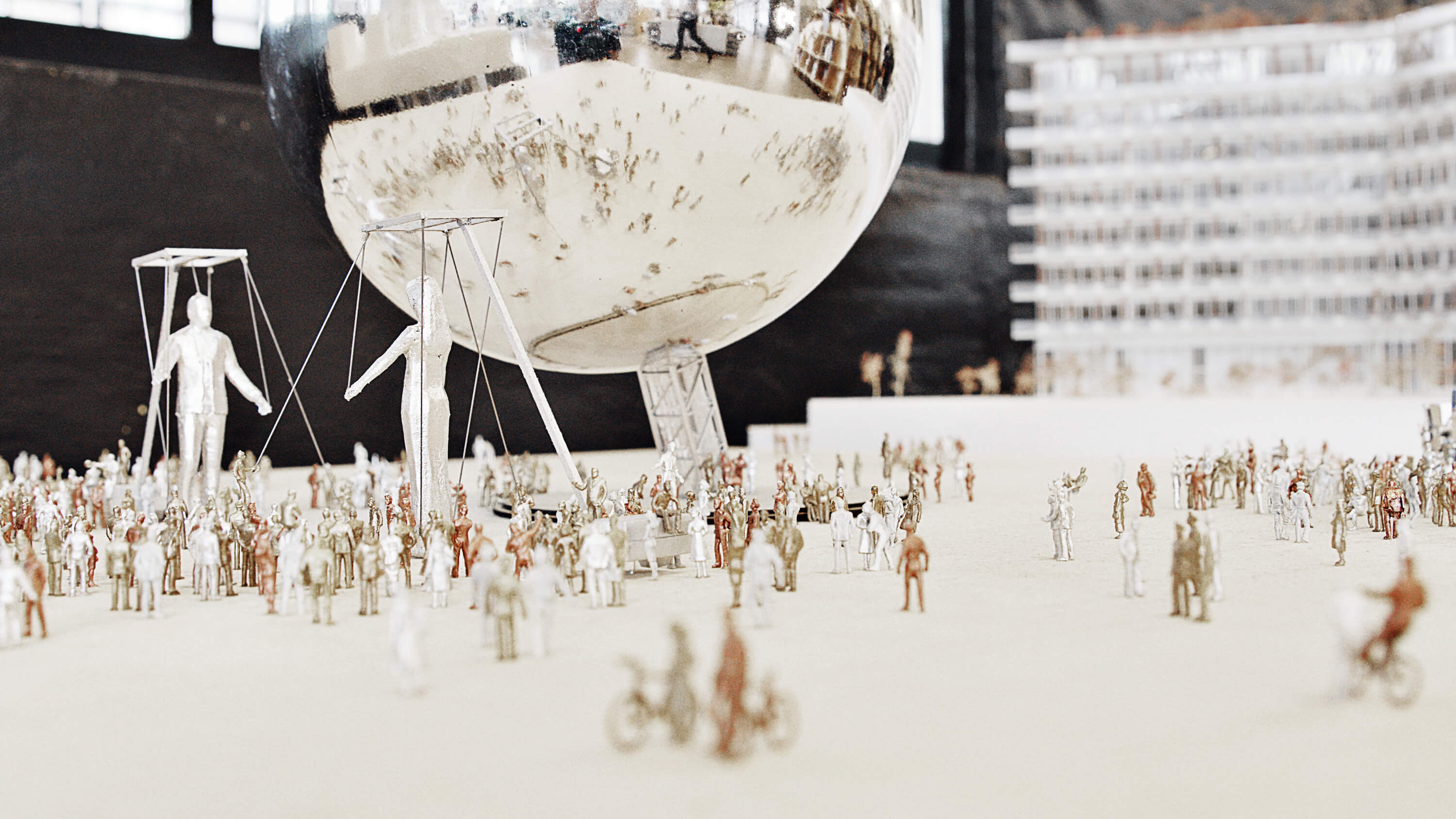
Combining pragmatism and utopia
Utopia is the concept of a world that is so perfect as to be entirely impossible. Pragmatism takes stock of reality and its conditions, exploring how to handle them. You may think that the two cannot be combined. But it is this very combination that reminds us with every new project: we have a little piece of the world here that we can turn into our own idea of utopia. That is how fiction can become factual.
Another fact: our interview takes place in the loft-like living room of Bjarke’s “house ferry”, where an enormous window pane grants us sweeping views over the entire Port of Copenhagen. On the one side, the Copenhill power plant. On the other side, Amalienborg Palace. “This sort of setting is impossible to find in the old town. Thanks to my ferry, we are at the heart of it yet surrounded by open space.” Having come across the old ferry by serendipity alone, he pragmatically realised his dream.
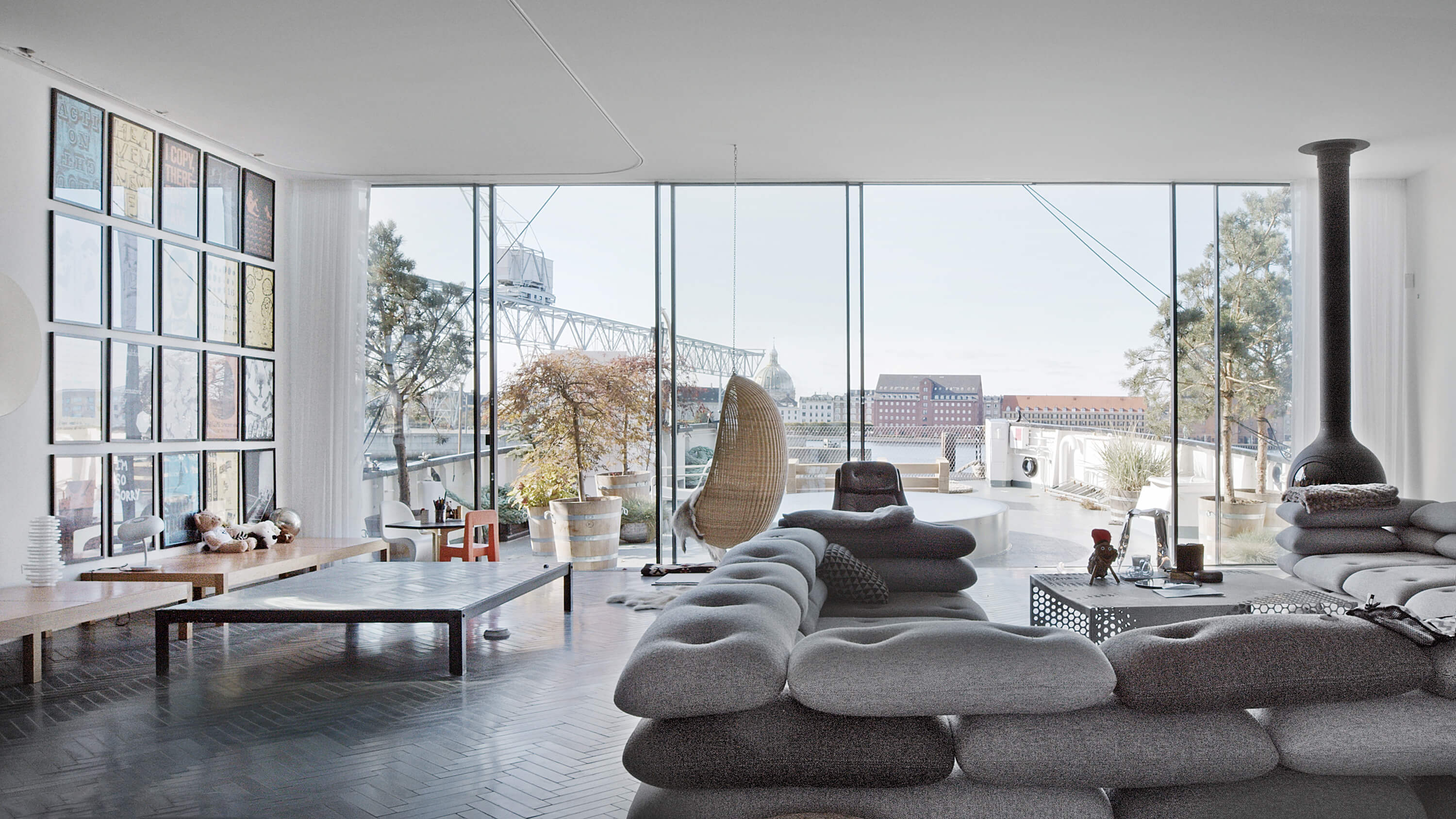
«Just you and the view»
Like most Scandinavian architects, Bjarke Ingels loves working with views and natural light, especially here, on the water. “We watch the sun rise in the east and set in the west. That is the first axis. On the top storey, my wife and I have a little flat. It gives us sweeping views to the south and north: the second axis.” The Sky-Frame solution that has been integrated into the houseboat allows them to experience the breathtaking setting up close. “In an architect’s ideal world, the indoors and outdoors are separated by as little material as possible. We want the best and clearest glass with the lowest possible iron content. Zero colouration. We want as little structure, as few frames, as possible. The windows on our ferry are so transparent that you feel as though you can float right through them.”
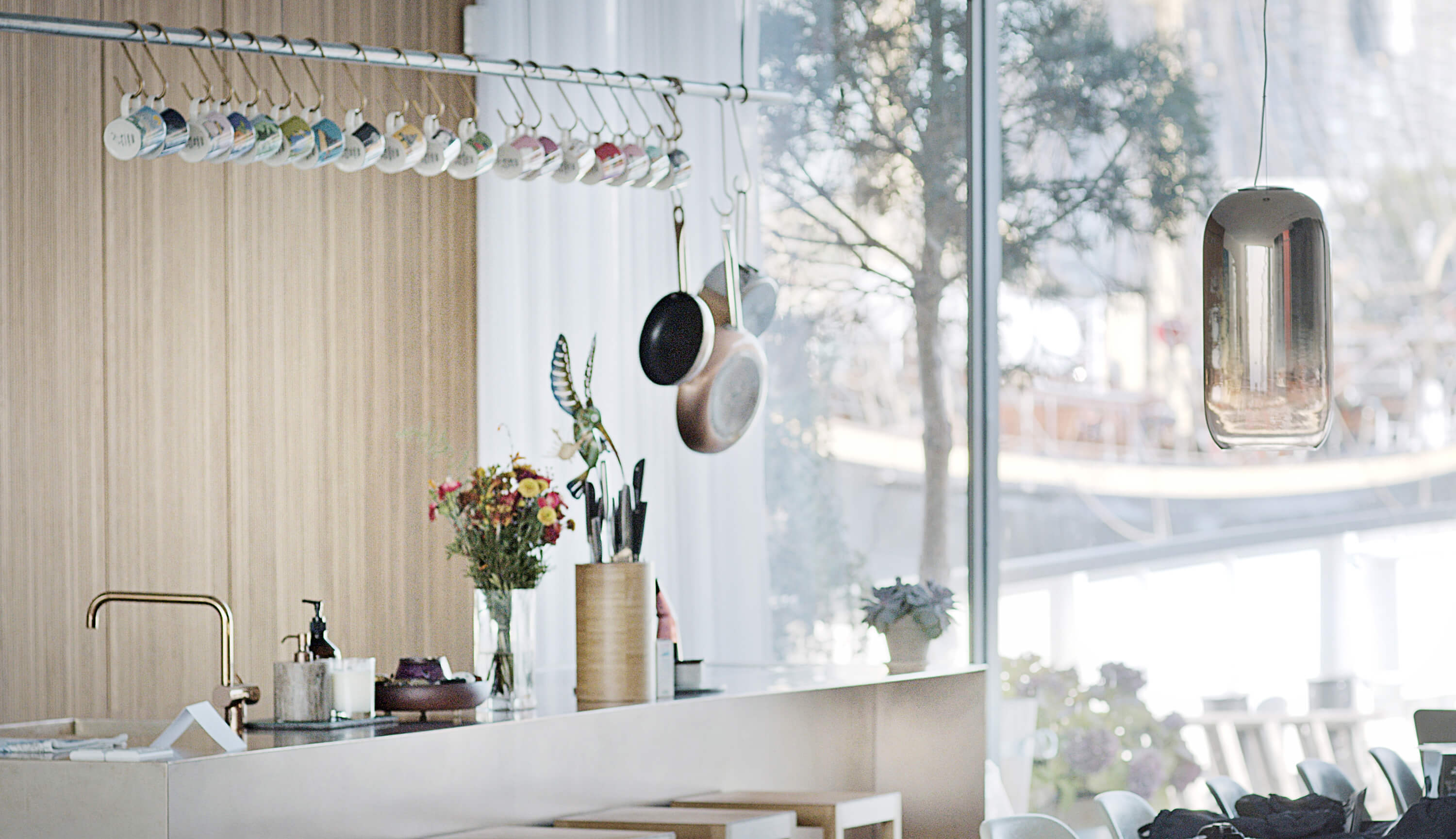
Unconstrained thought
Bjarke may well draw inspiration from his view. But that does not explain how he manages to incorporate such a spectacular range of perspectives into his projects. His thoughts and work seem boundless. Each of his projects fully incorporates all adjacent systems: “Certainly, this does not help us to keep a clear head. But it puts us in touch with the major challenges we face. This way of zooming out, called reframing in psychology and sociology, gives us a view of the bigger picture, the overarching framework. Rather than understanding a single building, we want to understand the neighbourhood and the ecosystem in which it exists.”
«We start not with the answers but with the big questions.»
We soon understand that Bjarke Ingels is enormously courageous: “We don’t just do away with boundaries. We ask the big questions and bear the consequences.”
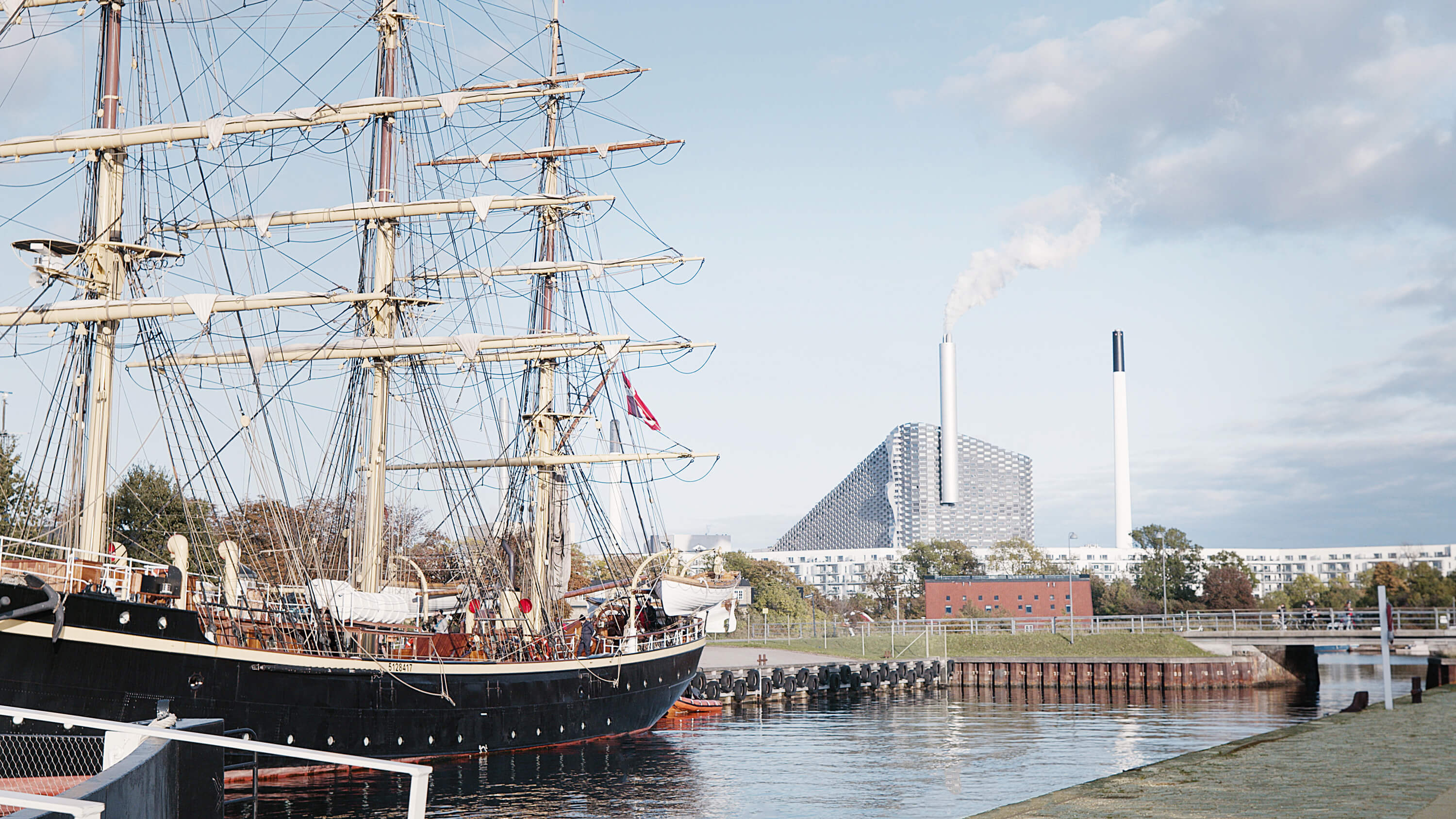
Taking innovation a step further
The newly opened waste-to-energy plant situated in the middle of the industrial island in the Port of Copenhagen is solid proof for Bjarke Ingels’ ability to answer the questions he asks. More than a simple power plant, it is the cleanest of its kind. Its chimney emits no pollutants: 99.9 per cent of all particles generated during the process are filtered or cleaned. “It gives us the opportunity to show the world that clean technology benefits not just the environment but the very inhabitants of our cities.” They are more than empty words. The power plant is fun. Its roof is covered in ski slopes and mountain bike tracks; it is a giant alpine park. Its facade is the world’s tallest climbing wall. The clean design, then, has a whole new effect: “Thanks to this reframing effort, the power plant can be an entirely different thing.” We look at his countless projects and see: this man’s architecture is more than art. It is a new reality."
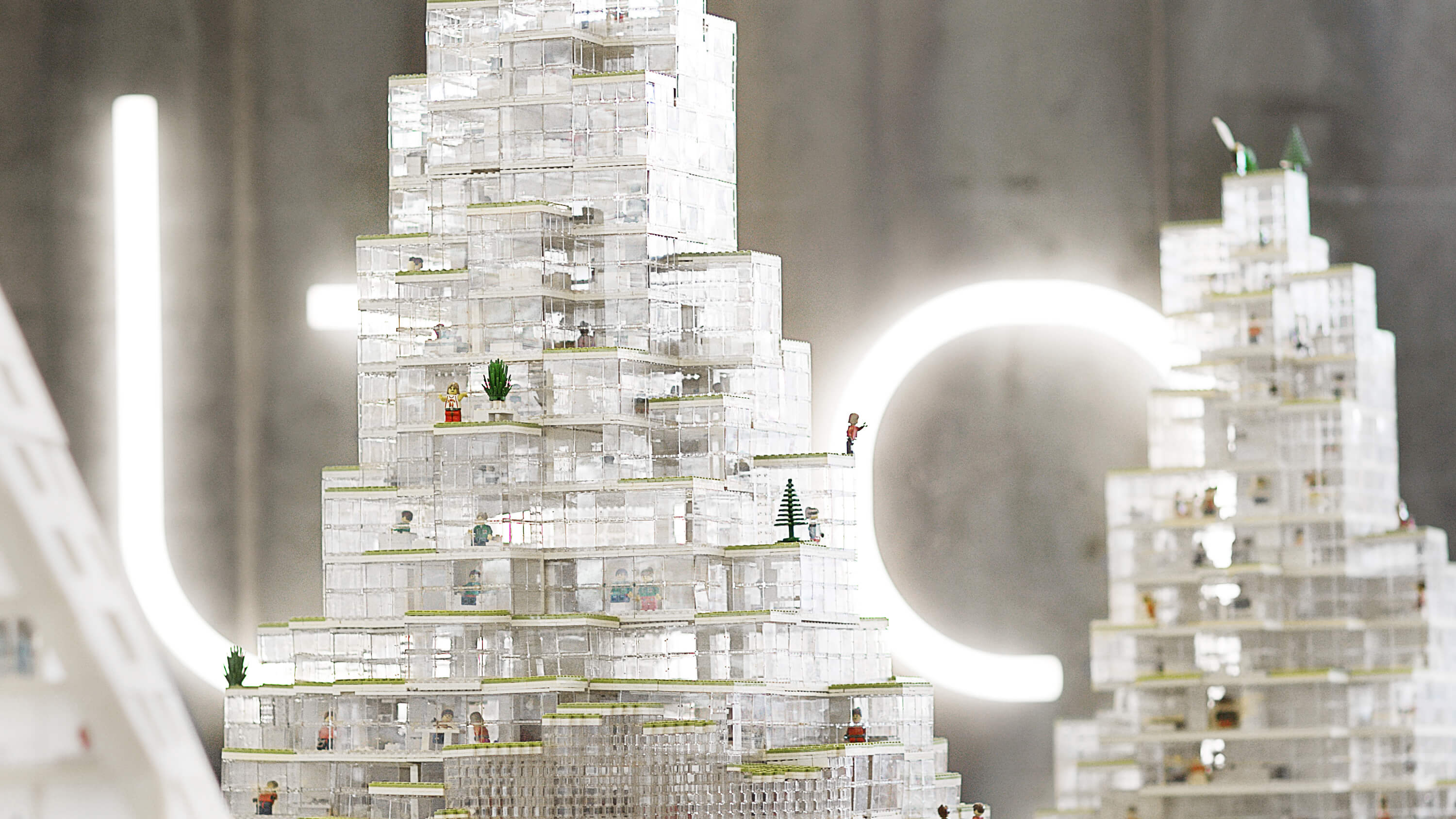
Seeking alternatives to the standard
BIG always questions reality. Bjarke is not interested in standard solutions. That is not to say that the standard is bad: “A standard solution does not become the standard because it is bad but because it does its job extremely well, predictably and efficiently. If you want to surpass those standard solutions, you cannot ignore them. You must understand what is good about them.”
That is the approach with which Bjarke Ingels constantly challenges the status quo and seeks opportunities for growth: “Ask yourself how the world has changed. Once you find the answer, you will start seeing the small fissures. The parts where our current reality and the standard solutions diverge because they no longer fully match. Those fissures are opportunities for finding alternative answers and changing reality.”
«As architects, it is our duty to observe, listen and understand in order to recognise change.»
That drive to diverge from the great monotony of the masses is what gives many a city its soul. The drive to find exemplary, trailblazing solutions. “Within any local culture, architects face a tough struggle to show that things can be done differently. Once you achieve that and once the alternative option has been built, welcomed, perhaps even loved, it may become a point of reference for other architects. They can look at it and ask: ‘If they can build a power plant with ski slopes on it, why can’t we?"
Bjarke Ingels points out that he and Sky-Frame share this ongoing pursuit of innovation: “By constantly striving for perfection, Sky-Frame has successfully reduced all minor necessities to invisibility wherever it was able to.”
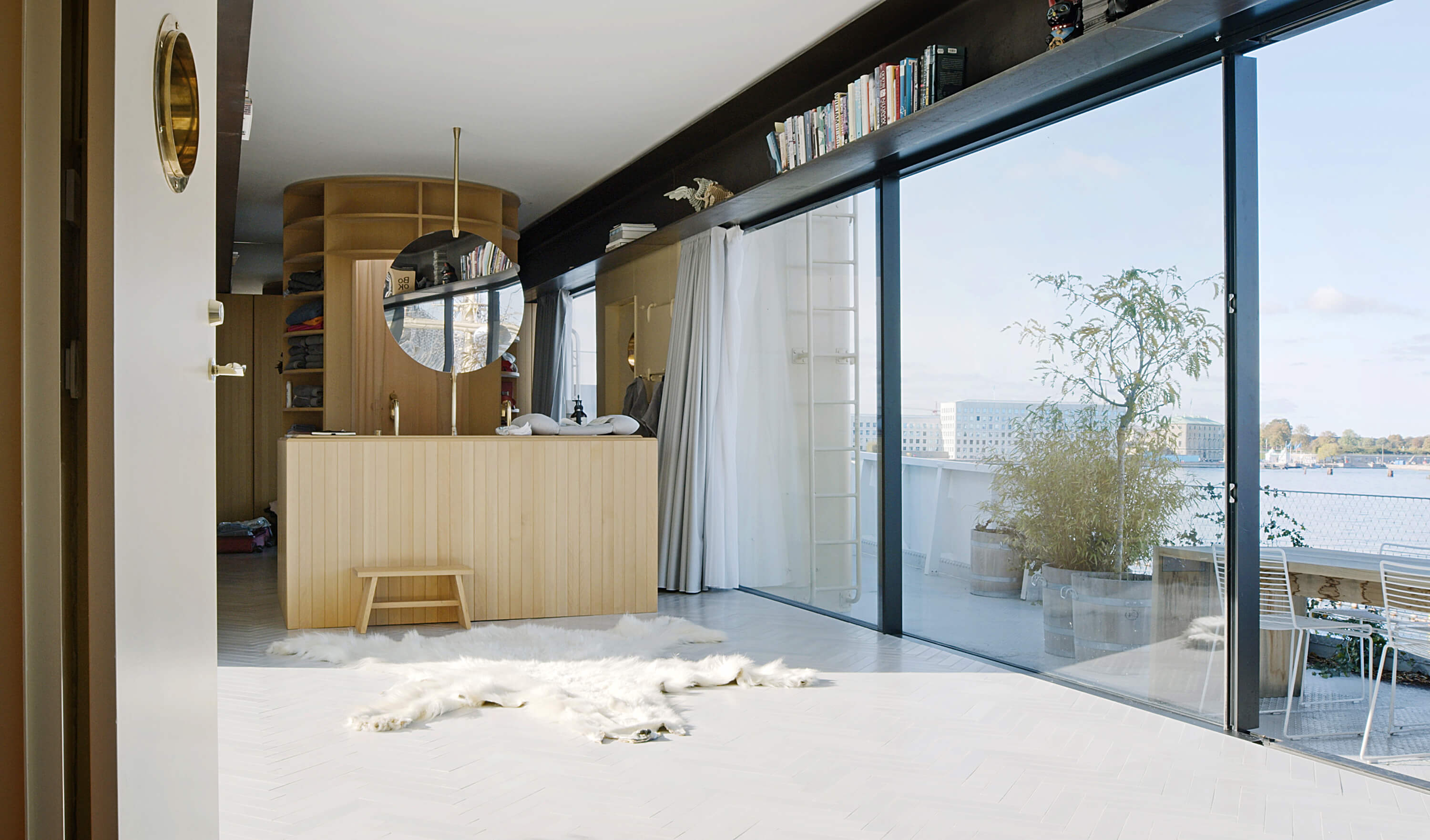
«The success of a window system lies in its ability to disappear, draw no attention and never be in the way. For architects, a structure consisting entirely of weather protection and insulation and nothing else would be perfection. No other product comes as close to that dream as Sky-Frame does.»
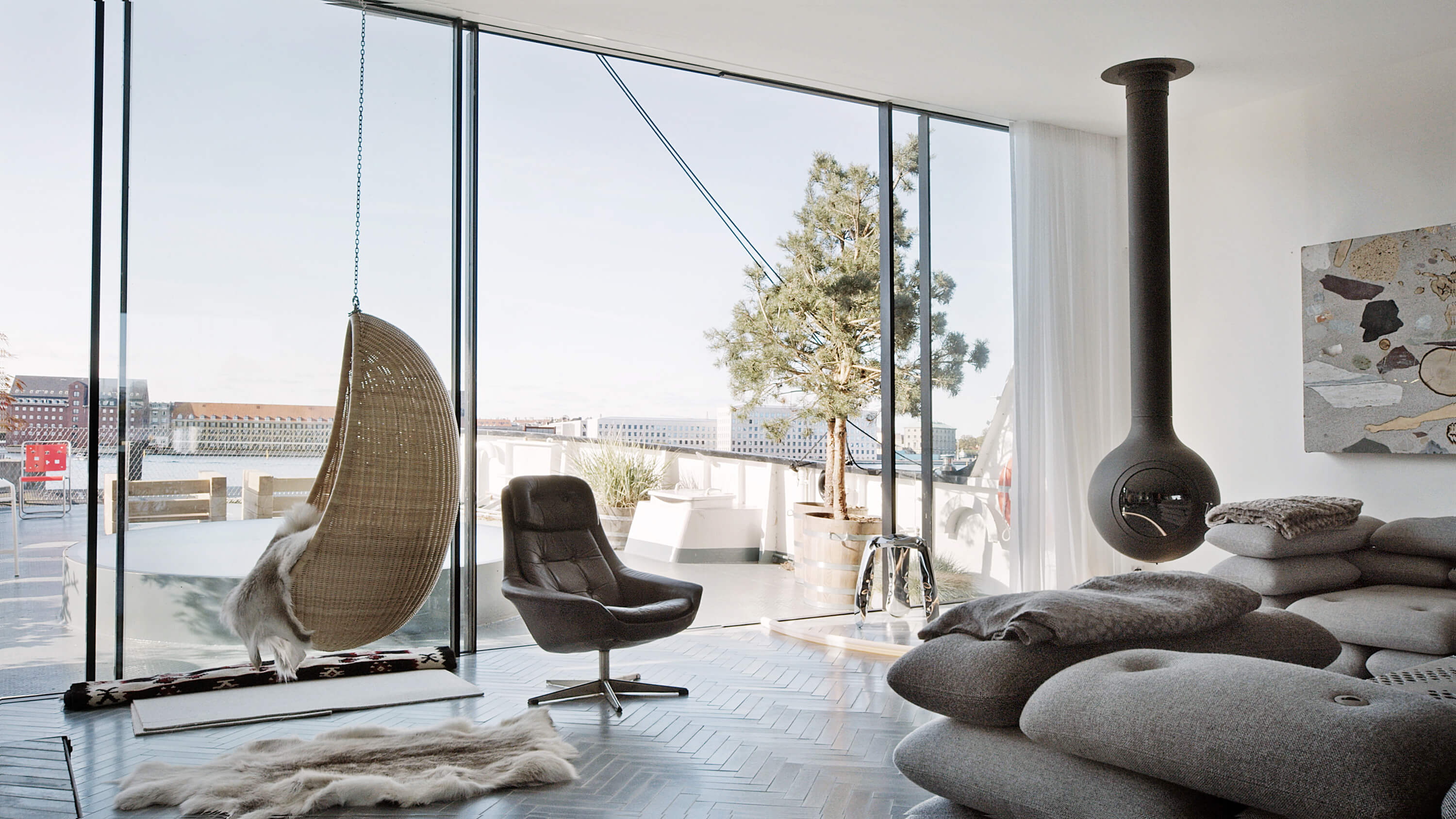
Bjarke Ingels’ ongoing quest for a better solution ultimately led him to Sky-Frame. “We were looking for sliding windows with the most minimal structure possible. The fixed and the opening parts had to be indistinguishable. Sky-Frame is the slimmest, most elegant and most minimalistic product on the market.”
Bjarke Ingels is still perched on the edge of his sofa, brimming with energy. His mind has wandered to his next major client appointment, but he remains aware and present. We can feel the driving force behind his work: “As an architect or designer, you advance a project by criticising everything you have already done until there is nothing left to criticise. Of course, you never reach that point. But if you never stop improving and refining your work, you can get remarkably far.”
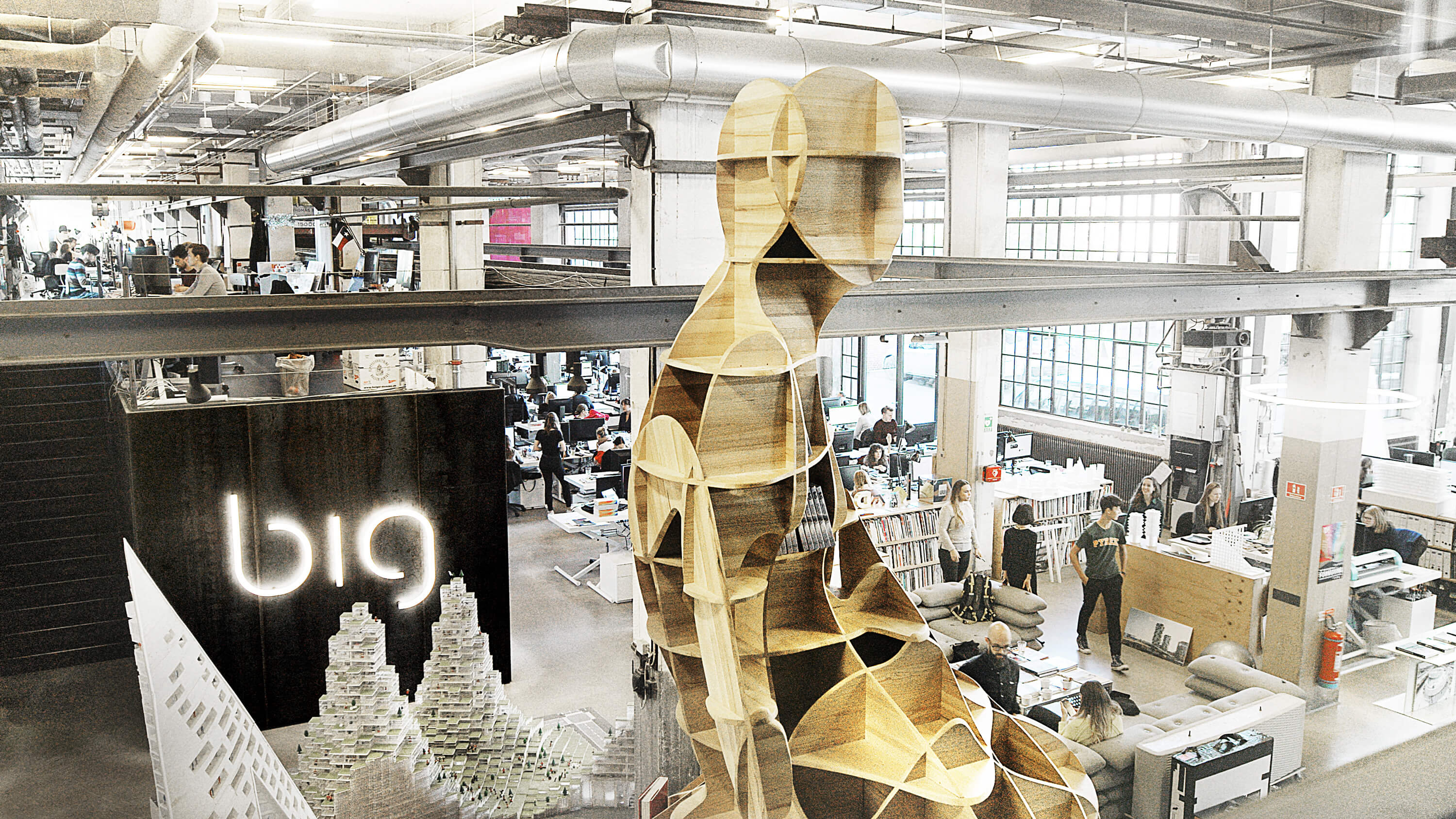
«Sometimes, people ask me what is next, now that I have achieved everything. They must be joking. We are light years away from our full potential. We just keep edging closer. And we will never achieve perfection, but we can approximate it by pursuing it relentlessly.»
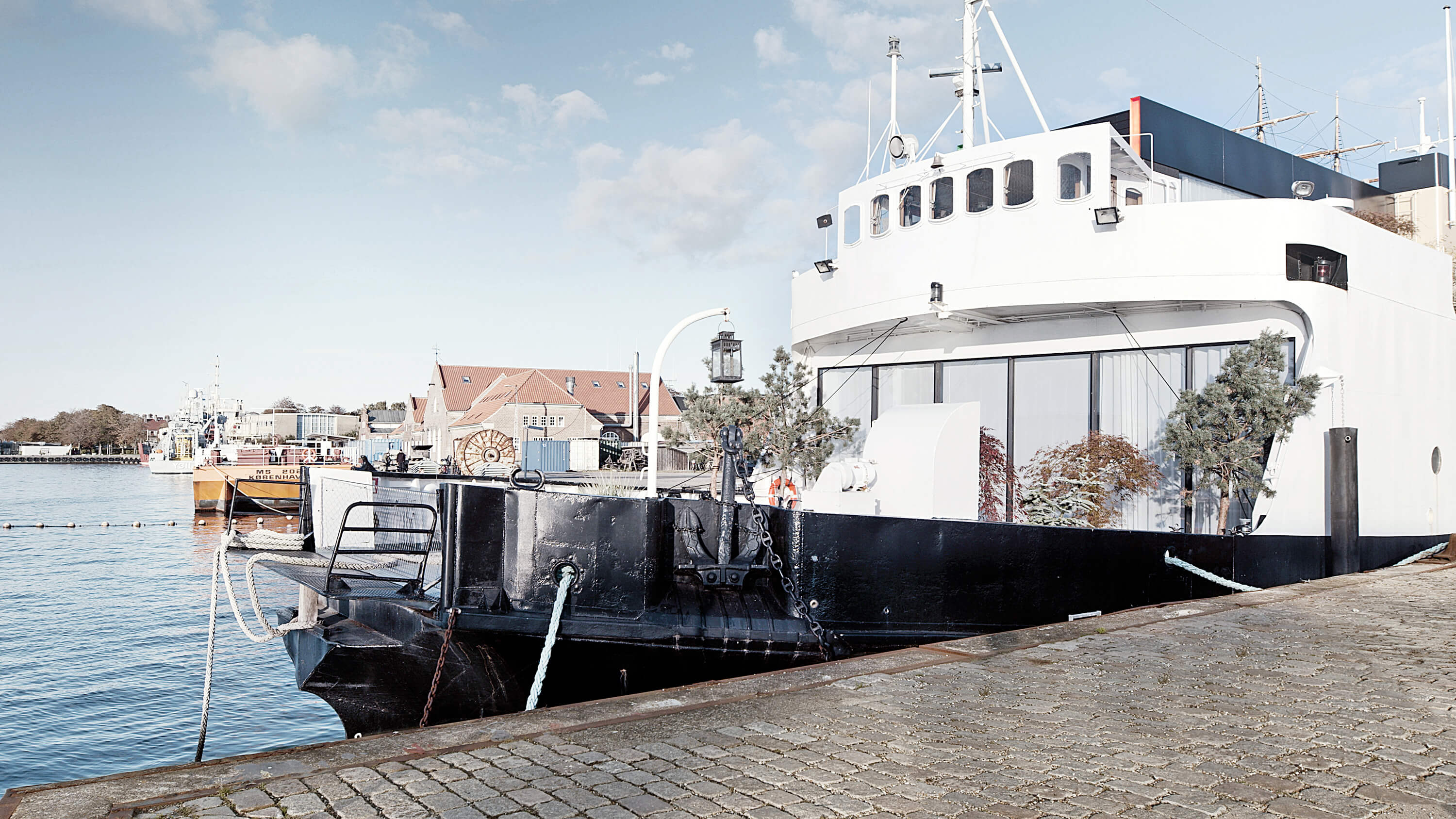
Our interview draws to a close, and we are still fascinated by Bjarke’s creative energy. Despite his visions and his global success, he exudes a certain simplicity and groundedness. It might be the source of the pragmatism that has helped him succeed. “Living on a houseboat has been very educational. As modern humans, we take everything for granted: electricity, heating, running water, plumbing. When you move onto a boat, you suddenly become this tiny, self-sufficient ecosystem. And you realise how much water you really use, because you have to fill one tank and empty the other. It is like a giant Tamagotchi that your own well-being depends on.”
Bjarke Ingels was born in Copenhagen on 2 October 1974. After completing degrees at the Royal Danish Academy of Fine Arts (Kongelige Danske Kunstakademiets Arkitektskole) in Copenhagen and the Escola Tècnica Superior d’Arquitectura in Barcelona, he worked at the Office for Metropolitan Architecture in Rotterdam from 1998 to 2001. He experienced the Royal Academy as a highly conservative environment, but his time in Barcelona left a lasting impression on him. It continues to influence his work to this day.
In 2001, Bjarke Ingels and his Belgian colleague Julien de Smedt founded the architectural firm PLOT in Copenhagen. Five years later, in 2006, he established the Bjarke Ingels Group (BIG) in Copenhagen. The company opened a second branch in New York in 2010 and employs more than 400 members of staff from 25 countries today. In 2009, Ingels co-founded the KiBiSi design agency. BIG has outgrown its modest beginnings as an architectural firm. Today, it is a research and development facility specialising in urbanism. Its holistic service portfolio also includes interior, landscape and product design. BIG is currently working on projects in Europe, North America, Asia and the Middle East.
Find out more: big.dk
Film: Luzian Schlatter | Text: Shift to Clarity